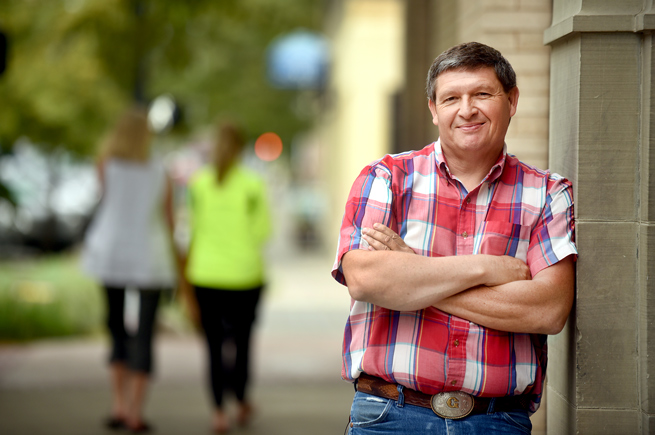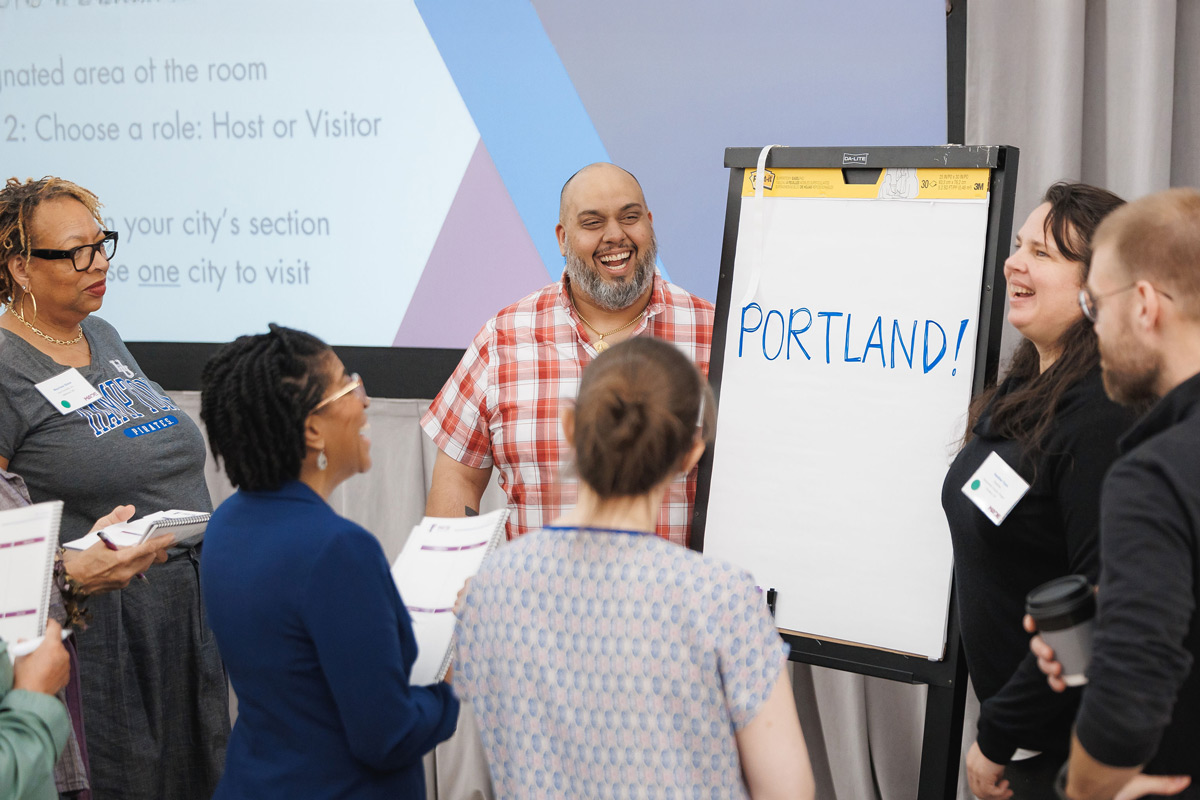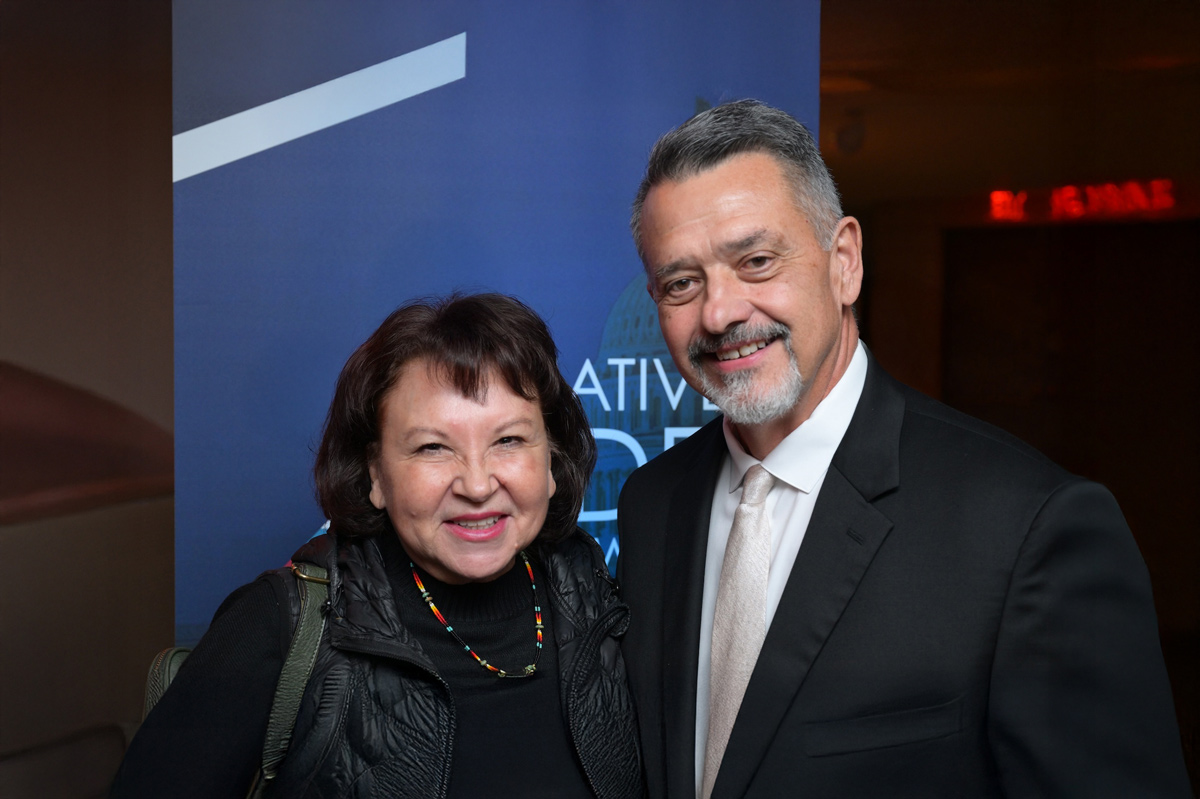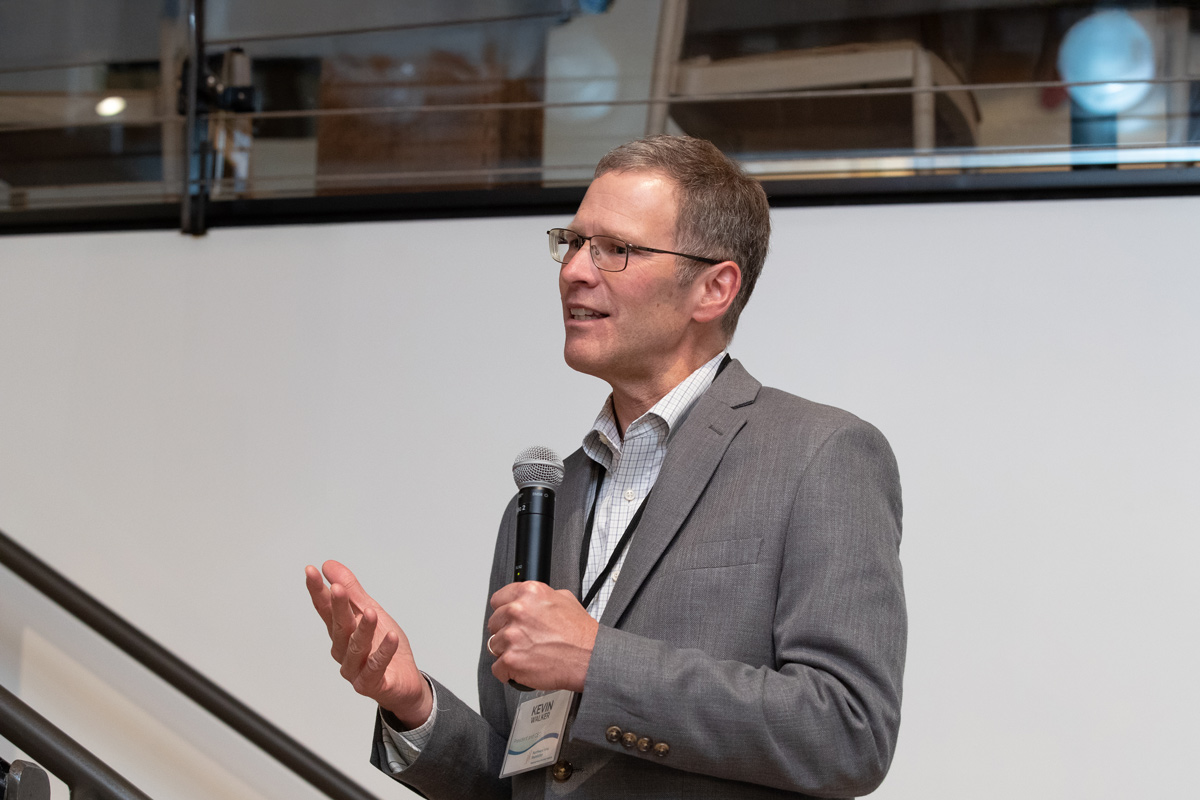By Clay Scott
Before Chrystel Cornelius (Ojibwe; Oneida) was director of First Nations Oweesta Corporation, and before she had founded the first and only community development financial institution (CDFI) on North Dakota’s Turtle Mountain Reservation, she was a single mother trying to survive.
“There were times when my family struggled for the basic essentials—sometimes there wasn’t enough food for all of us,” she says. “But I’d always make sure my children had something to eat. And I wasn’t alone in this; my entire community faced the same challenges.”
Community-based access to capital
What helped Chrystel through tough times was her sense that she was part of a larger community, part of a historical and cultural continuum. She’s carried that sense with her in her career as a leader in the field of Native CDFIs.
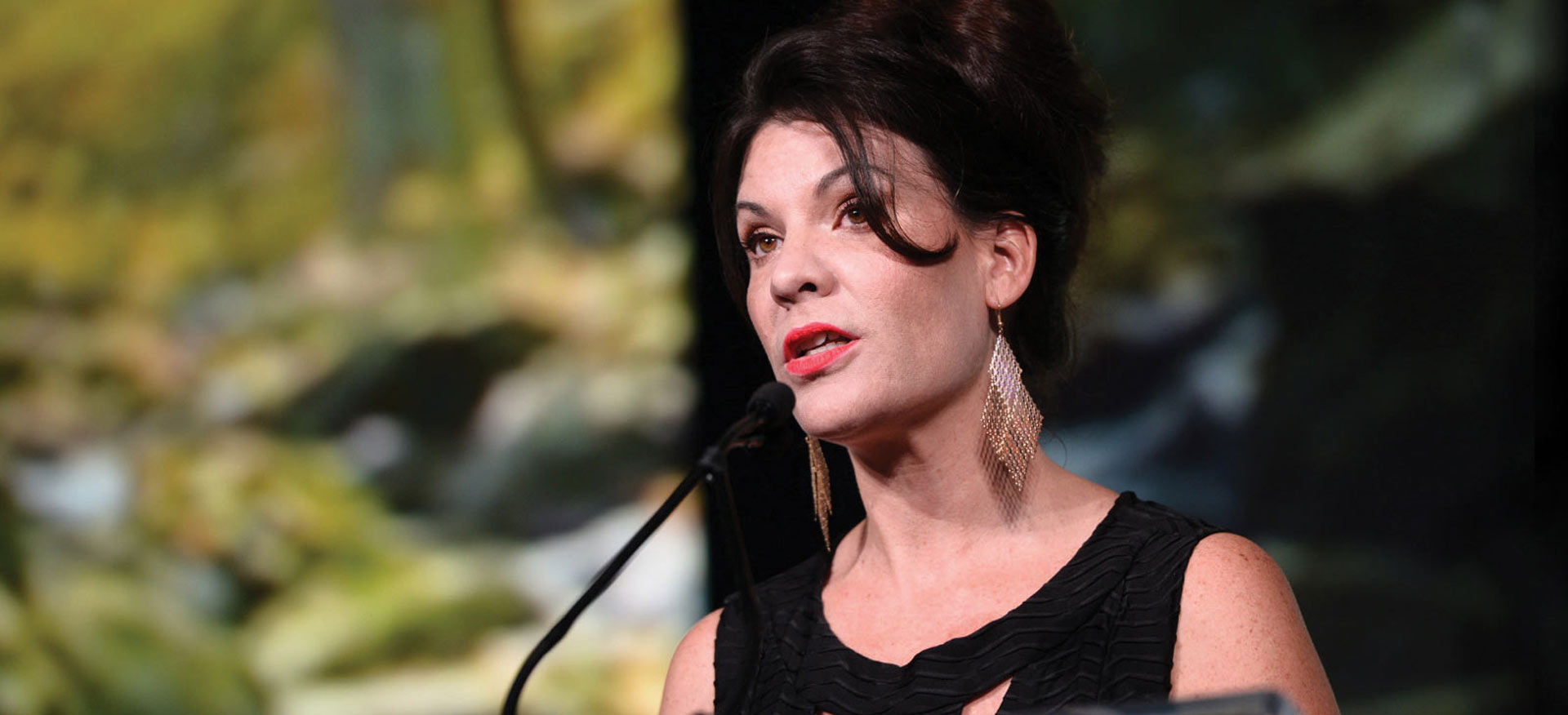
“What people often don’t understand about what we do,” she says, “is that we live in these communities, and so our hearts, and our work, and our sense of who we are—it’s all intertwined. It’s much different from the larger CDFI field, where you work, then you might go home to your neighborhood, go home to your life. With us—we are our work. We are our community.”
Native CDFIs are profoundly connected to the communities, and to the cultures and histories of those communities. That’s a message that Chrystel shares with financial institutions and other investors—and it resonates. Megan Teare manages the CDFI investment team at Wells Fargo.
“What I think is really special about Native CDFIs,” says Megan, “is that they bring all of us back to why the CDFI sector was created in the first place. It’s about community-based access to capital.
“The mission of these CDFIs is so much about community, and about serving the people in the community. You so clearly feel that care and that compassion, and the genuineness. It’s an absolutely rejuvenating environment to be around.”
Sound investment potential
As financial institutions have increasingly discovered, the sector represents both extremely sound investment potential, as well as an opportunity to be an engine for positive and sustainable change in Native communities. Jodi Neuman, investment manager with Trillium Asset Management, puts it this way:
“I think there is some real room for investors to be able to develop programs where they’re either lending to Native CDFIs, or making private capital investments into CDFIs. From our experience, these are very, very strong investments. Some mainstream investors might have to change their perspective a little bit at the outset, but if you’re open to some more patient capital, and if you take into account the huge positive impact on the community you’re helping to bring about, then these are wonderful investments.”
Committed to overcoming barriers
Fern Orie (Oneida), CEO of the Wisconsin Native Loan Fund and vice chair of Native CDFI Network’s board, agrees. But she says barriers remain between Native CDFIs and potential investors; barriers that can be overcome with communication and education.
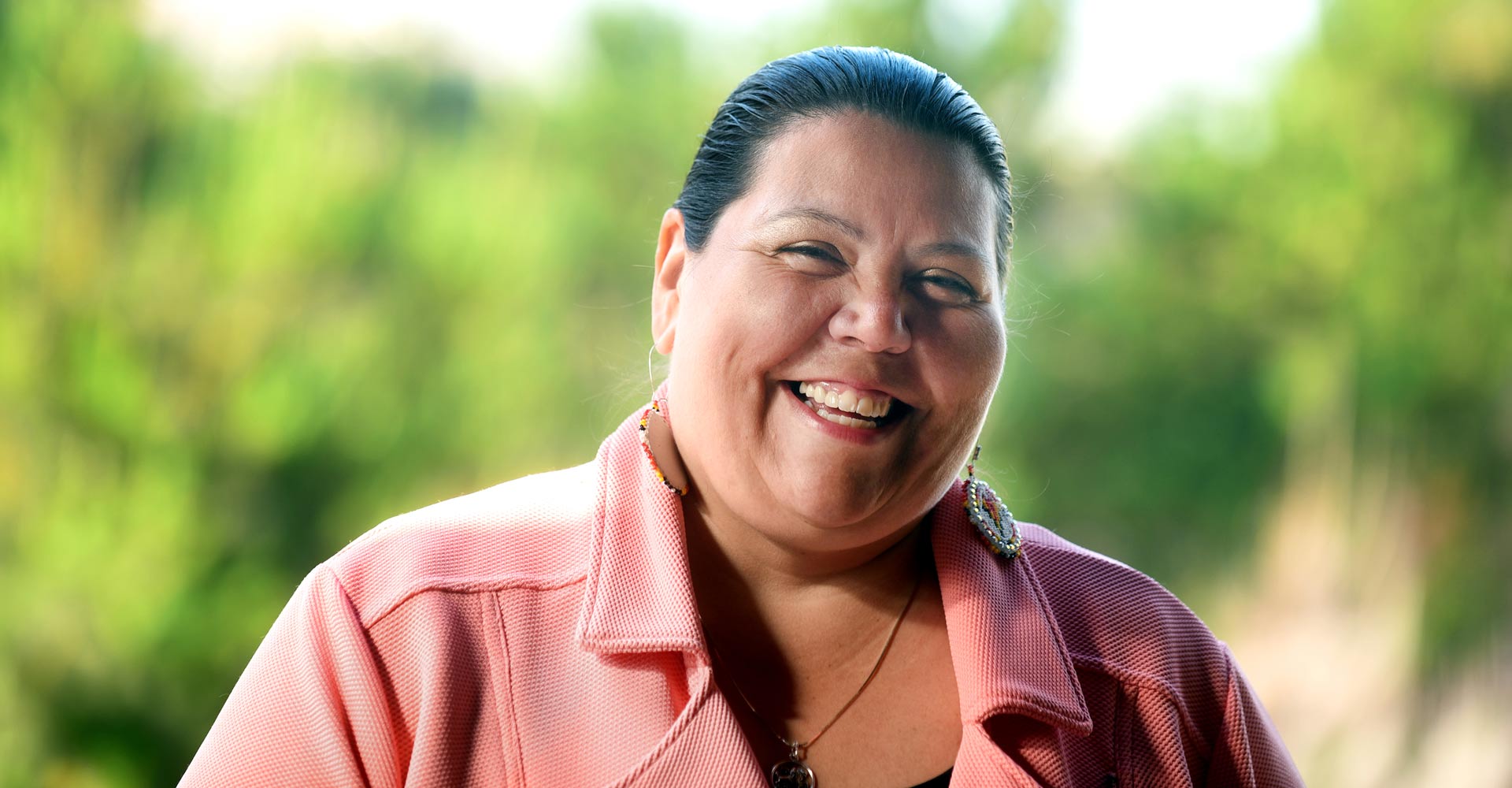
“As Native CDFIs,” she says, “we have to take responsibility for educating potential partners and investors and helping them understand the broader historical context. We want to help them overcome any hesitation they might have about doing business in our communities. At the end of the day, any perceived barrier comes down to misconceptions and lack of knowledge—and those are things that are easily remedied with a little good will on all sides.”
Eileen Briggs is someone who is familiar with all sides of the relationship between investors and Native CDFIs. She is the former director of Tribal Ventures on South Dakota’s Cheyenne River Reservation, where she is an enrolled member, and is now the director of the Native Nation Building and Government Redesign Portfolio for the Bush Foundation in St. Paul, MN.
”With every investment there is risk. But there are other benefits that are difficult to quantify, but are there nonetheless. I’m talking about the social impact our investments have. And that is something you can’t put a price on.”
Brigitte Wilson
Relationship Manager and Senior Analyst, Community Investments, Federal Home Loan Bank of Chicago
“I certainly understand questions and concerns that potential partners and investors might have,” she says. “There is a persistent myth that investing in Indian Country is overly complex. Then there are misunderstandings about how tribal sovereignty works, for example, or about the tribes’ use of sovereign immunity. But the truth is that the world of mainstream banking deals with issues that are infinitely more complex.
“I think as investors get closer to understanding what their central mission is, and what kind of impact they’d like to see their dollars make and, above all, when they become more familiar with our communities, then the Native CDFI sector starts to represent an appealing opportunity.”
Low risk, great social impact
To investors, part of the appeal of the sector is its overall stability and extremely strong net asset ratios, paired with extraordinarily low default rates. Brigitte Wilson, relationship manager and senior analyst in community investments for the Federal Home Loan Bank of Chicago, has worked in the CDFI industry for 15 years.
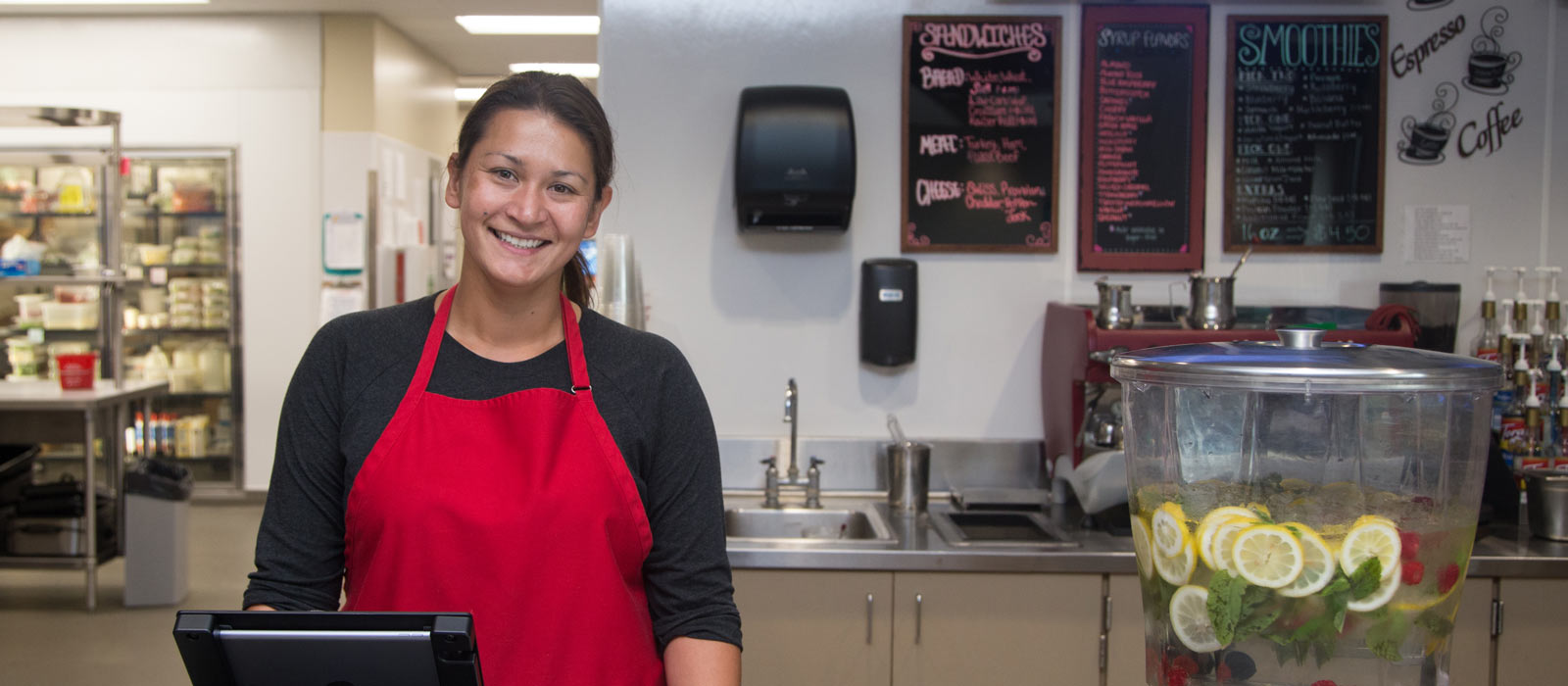
“With every investment there is risk,” she says. “But there are other benefits that are difficult to quantify, but are there nonetheless. I’m talking about the social impact our investments have. And that is something you can’t put a price on.”
Stable communities, strong investment partnerships
Ted Piccolo (Colville Confederated Tribes) is the executive director of Northwest Native Development Fund (NNDF), a CDFI serving the Colville Indian Reservation in eastern Washington. NNDF has made a remarkable and measurable impact on the reservation, helping entrepreneurs, homebuyers, small-business owners, and others. NNDF has thrived, according to Ted, for two primary reasons. First, because of the inherent stability of the community the CDFI serves. As Ted says:
“We’re dedicated to the dirt, dedicated to our land and our culture. Our dedication to the dirt—it’s like a line on our balance sheet. And what it means is we’re not going anywhere!”
The second reason, he says, is the strength of the partnerships forged and nurtured over the years with a variety of investors.
“The folks who support us are in it for the long haul,” says Ted. “These are relationships that weren’t built overnight, and they’re not going away overnight. And that gives our partners peace of mind, and it absolutely gives us peace of mind.”
A strong and sustainable model
Cheryl Smith is a managing partner, economist, and investment manager at Trillium. Her relationship with Native CDFIs goes back two decades. In that time, she’s watched the steady evolution of the sector as more of her clients have chosen to invest in Native CDFIs.
“It’s easy to invest in listed stocks and bonds, and mutual funds, and money market funds,” she says. “But this sector is altogether different. True—these are investments that tend to take more management and more analysis. But the flip side is that the rewards are far greater, and not just because they are excellent long-term investments.
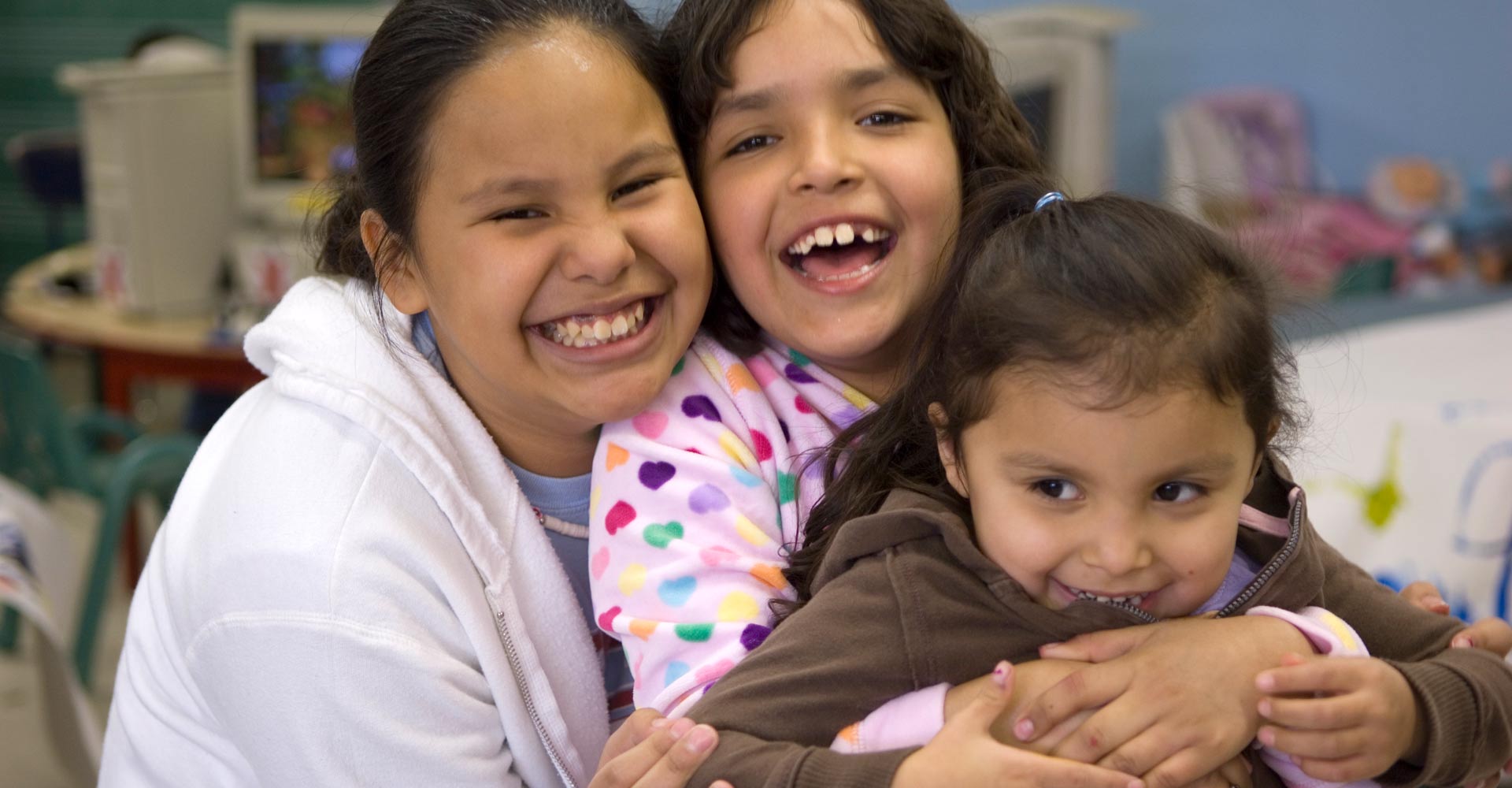
“Our clients have educated themselves about Native CDFIs, and they want to move capital to a sector that needs it. They want to support organizations that address issues of social and economic inequality, and that have a concrete, positive impact on people’s lives. That is something that is extremely rewarding for all of us to be a part of.”
The impact Cheryl refers to might not always be obvious to those outside the community. But sometimes, says Eileen Briggs, the smallest investment or the smallest loan can have the most far-reaching effect.
“I have seen people’s lives change profoundly,” says Eileen. “Hope given. Dreams realized. Be it first-time homeownership, or starting a small business that helps a family survive. I’ve seen how individuals and entire communities blossom with the acquisition of knowledge; knowledge that helps them transition from an unbanked, cash-economy world to a world of mainstream finance, which they now have the confidence to interact with. That is what can be accomplished when investors partner with CDFIs. And we’ve created a model that’s strong and sustainable.”
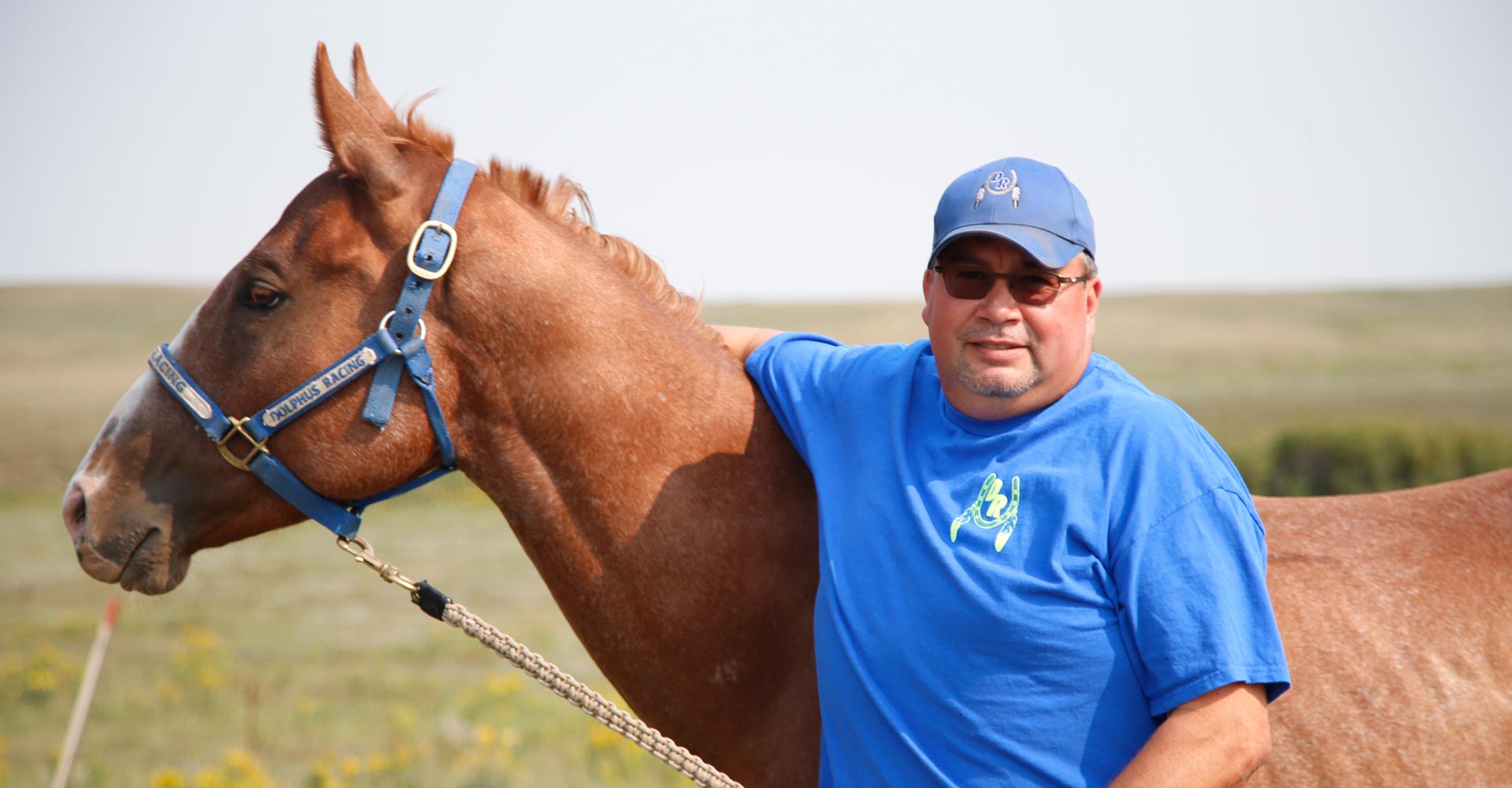
Native CDFIs and Impact
CDFIs are private financial institutions dedicated to delivering responsible, affordable lending for underserved communities.
Native CDFIs are rooted in the cultural and historic context of Native communities and provide services that go beyond lending. They’re engines of change, expanding economic opportunity and opening doors to loans, credit, jobs, and much more.
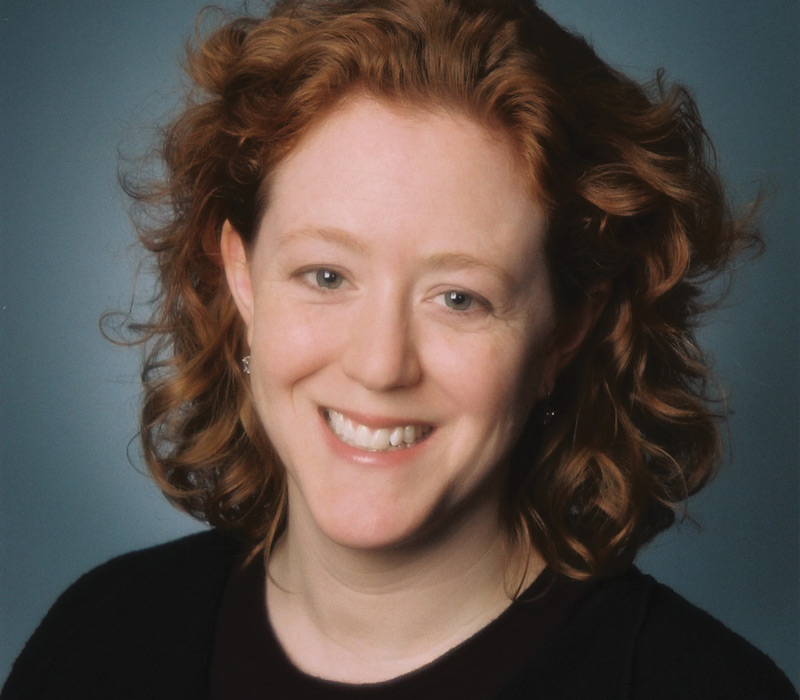
“What I think is really special about Native CDFIs is that they bring all of us back to why the CDFI sector was created in the first place. It’s about community-based access to capital. . . . You so clearly feel that care and that compassion, and the genuineness. It’s an absolutely rejuvenating environment to be around.”
Megan Teare
Senior Vice President, Community Lending and Investment, Wells Fargo
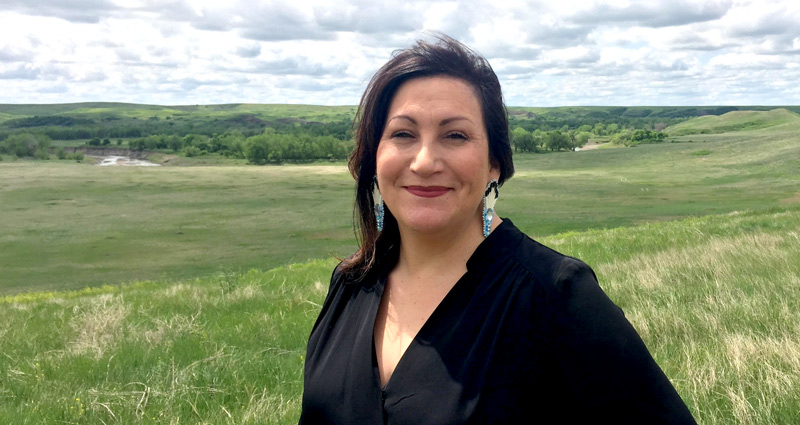
“There is a persistent myth that investing in Indian Country is overly complex. . . . But the truth is that the world of mainstream banking deals with issues that are infinitely more complex.”
Eileen Briggs (Cheyenne River Sioux)
Native Nation Building and Government Redesign Portfolio Director, Bush Foundation; former Director of Tribal Ventures Initiative, advancing economic, social, and cultural development on the Cheyenne River Reservation
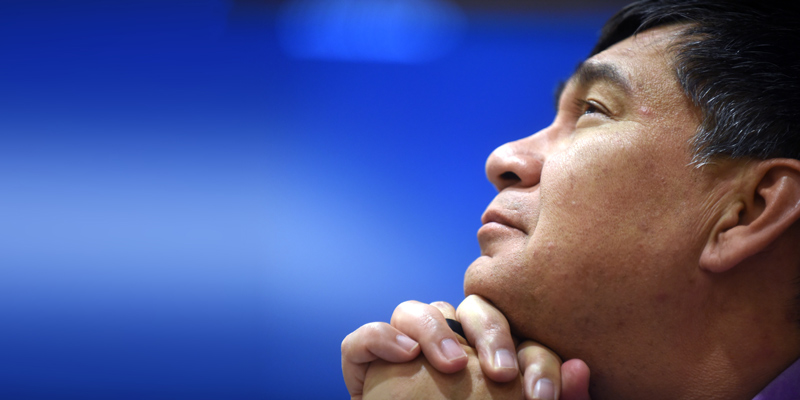
“The folks who support us are in it for the long haul. These are relationships that weren’t built overnight, and they’re not going away overnight. And that gives our partners peace of mind, and it absolutely gives us peace of mind.”
Ted Piccolo (Colville Confederated Tribes)
Executive Director, Northwest Native Development Fund
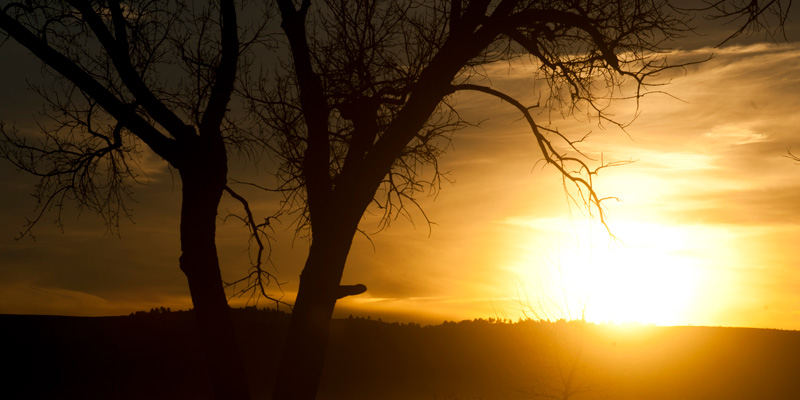
$5M collaboration unlocks the potential of Indian County
On Nov. 10, 2017, leaders and funders of Native CDFIs joined NWAF in Missoula, MT, to help launch a $5 million collaboration with the Federal Home Loan Bank of Des Moines (FHLB Des Moines). NWAF and FHLB Des Moines both have long-standing commitments to serving Native areas. The collaboration puts capital to work for the benefit of private economies and asset-building strategies in Indian Country, focusing on support for the groundbreaking work of Native CDFIs and capturing the attention and imagination of new investors and partners.
PHOTOS (from top): Gerald Gray (Tribal Chairman, Little Shell Tribe of Chippewa Indians of Montana), Chrystel Cornelius, Megan Teare, Eileen Briggs, Fern Orie, Ted Piccolo, Theresa Desautel, Four Bands day care; photos by Steve Wewerka and Uzoma Obasi
Tags: Native CDFI

